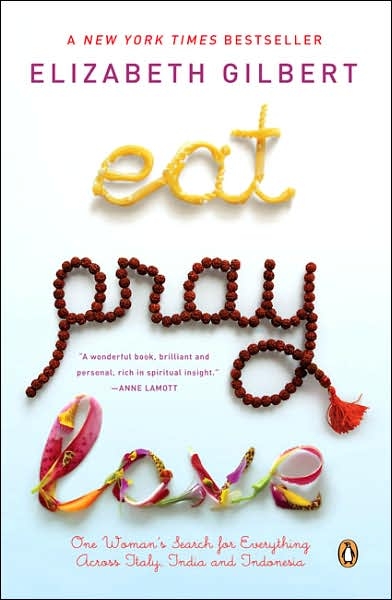Crafting the Schmaltzy Film Ending
Is it OK if my documentary has a happy ending, or will audiences think it’s too schmaltzy?
The simple answer is yes it’s OK, and no they won’t. Before I explain why and under what circumstances I give this advice to my story consulting clients, a quick but important reminder:
Today is the last day to get the new version of “The Ultimate Guide To Structuring Your Documentary” at a $100 discount. To find out how this 12-week self-study class can help you craft an engaging documentary, go to:
https://newdocediting.com/land/ultimate_documentary_guide/
Now…back to the schmaltzy ending…I recently wrote about the movie “Eat, Pray, Love”, a narrative film that is based on a true story and which employed the “double boost inciting incident” technique. I didn’t have enough time in that email to discuss the film’s ending, which gives a great lesson in how to close a film.
In the end, writer Liz Gilbert (played by Julia Roberts) falls in love with a tall dark stranger. As we were leaving the theater, my girlfriend remarked to me, “If that film hadn’t been based on a true story, the ending would have been schmaltzy.”
I thought about it and agreed. In a fictional account, the rosy ending would have been too good to be true. We don’t believe life ends happily ever after.
But because the story happened in real life, we viewers accept the happy ending. So what does this have to do with documentary filmmaking?
Since we are also making films about real life, it’s OK to craft a climax scene that resolves itself with on a happy note, leaving viewers with a delightful denouement.
Don’t be afraid of delivering a “schmaltzy ending”.
Do be afraid, however, of delivering a climax scene in which the protagonist is not required to dig deep. We Western viewers want and require that our heroes put forth a great effort to reach their object of desire.
So if you’re thinking that the “big celebration”-i.e. wedding, music concert, family reunion, etc-will be your film’s climax, think again.
Those happy events usually don’t call forth an ultimate sacrifice or act of courage from the protagonist-unless you’re Dustin Hoffmann and you show up at the wedding to steal the bride, as in the 1967 narrative film “The Graduate”.
In another example, Joe Berliner’s “Crude” (2009), the reason the Sting concert works as a climax scene is because it is intercut with scenes of the Ecudorian attorney getting his case thrown out by the judge-a huge setback that requires him to fight even harder.
My point is that it’s OK if your documentary ends on a happy note, as long as the protagonist fights tooth and nail to get what she wants. If not, your ending may be “schmaltzy”, meaning overly sentimental– making your viewers want to leave the theater because they feel nauseous.
To learn more about how to craft an inciting incident, midpoint, climax and other mist-have narrative elements of a riveting documentary, purchase “The Ultimate Guide To Structuring Your Documentary” for $197. The $100 discount ends on October 1, 2010.
This seminar is the most comprehensive educational program I have ever created. I can’t stress how good it is! The 12 video tutorials are chock-full of professional documentary storytelling lore that you can’t get anywhere else. I wish I had it when I was making my first few films. I’m so confident you’ll find it helpful that the course comes with a 100% money-back guarantee. Find out more at:
